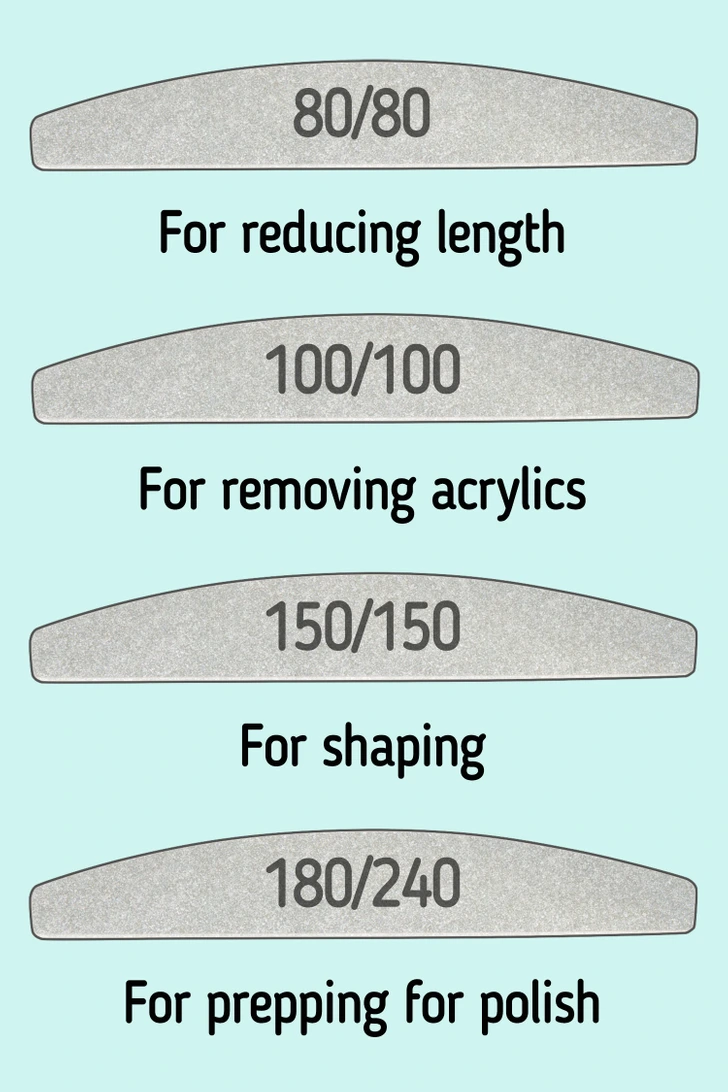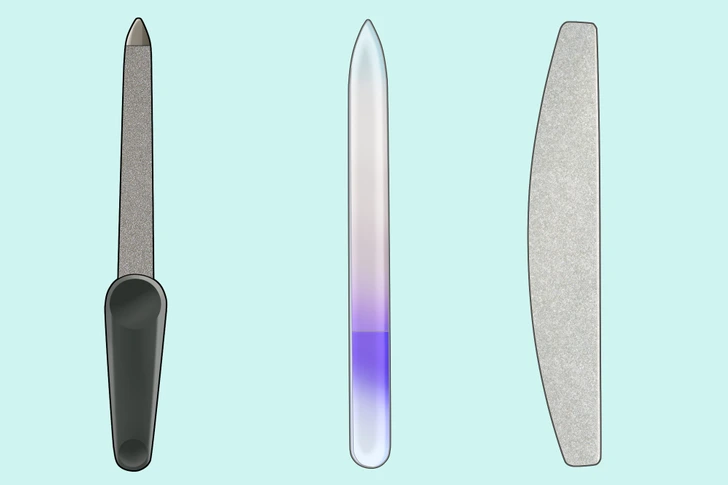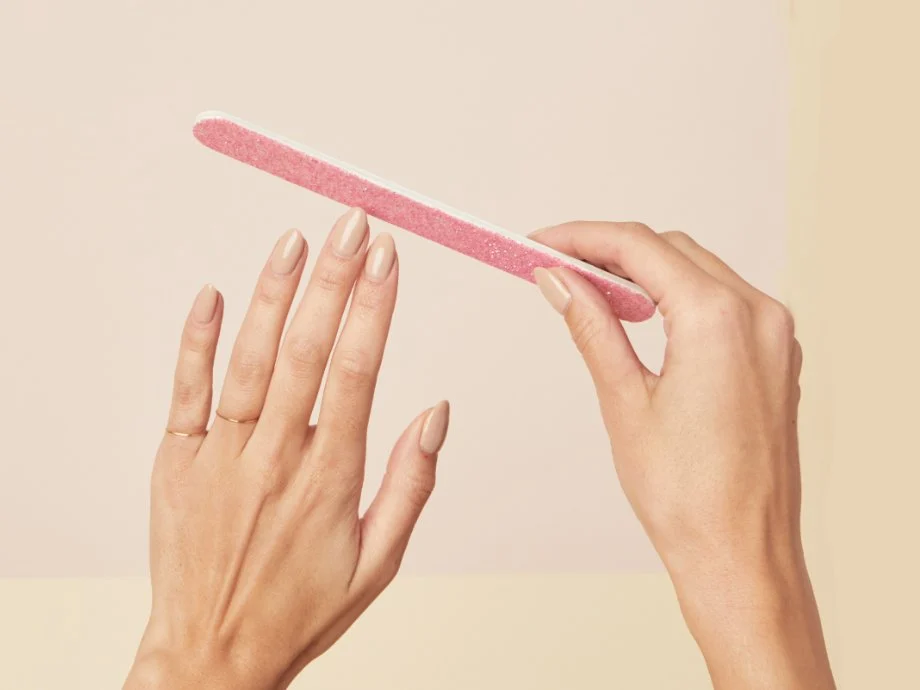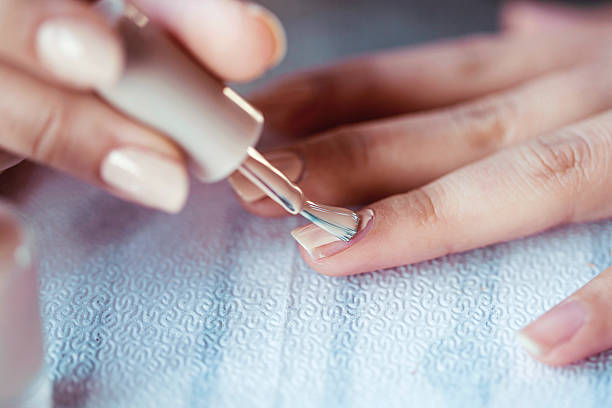Tired of chipped manicures and raggedy nail edges? Waving goodbye to expensive salon visits for a simple shape-up? Get ready to slay the nail file game! This guide equips you with all the knowledge you need to achieve flawless nails from the comfort of your own home. We’ll delve into the world of nail file grits, choosing the perfect tool for your needs, and mastering filing techniques for a salon-worthy finish. So grab your favorite nail polish (or rock the natural look!), and let’s get started on your journey to beautiful, healthy nails!
NUMBERS

Nail files often feature numbers with a slash, such as “180/180,” indicating the grit level. The higher the number, the finer the file; lower numbers denote coarser files. If the numbers are the same, both sides of the file have the same grit.
- 80 grit: Ideal for significantly reducing the length of very long nails or shaping thick, deformed acrylic or gel nails.
- 100 grit: Suitable for shortening nails and removing layers of acrylic.
- 150 grit: Perfect for shaping artificial nails.
- 180 grit: Used for preparing natural nails before applying any product, as well as for shortening and shaping the natural free edge.
- 240 grit: Essential for prepping nails before applying gel polish.
NAIL BUFFERS

Buffers are another type of nail file, designed not only for reducing length and shaping but also for making nails shine. They are less coarse than regular files and have their own numbering system with different meanings.
- 100/180: Used for removing scratches left by a coarser file.
- 220/280: Helps smooth nails before applying nail polish.
- 600/4000: Designed for creating a high shine on nails. Most brands feature buffers with one green side and one white side. The green side creates the shine, while the white side refines it.
MATERIALS

Another important factor when choosing a nail file is its material. Let’s explore the different types:
- Metal: Best for use on polished nails for correction or shaping. Metal files can damage natural nails, leaving the tips exposed and prone to breakage or accidental over-filing.
- Glass: Highly durable and easy to disinfect. These files seal the edges of nails, preventing chipping.
- Abrasive: Vary in coarseness and have different bases. The base can be plastic or wooden. Plastic files are more flexible and popular, while wooden ones are firm and inexpensive.
SHAPES

The shape of the nail file depends on your specific needs, whether it’s shaping the edge, polishing the entire nail, or buffing the cuticle area.
- Banana: Its rounded shape makes it perfect for the cuticle area, reducing wrist strain.
- Straight: Ideal for straightening the sidewalls and the tip of the nail.
- Oval: With its curved design, it can be used on the lower part of the nail and the entire nail surface, offering more versatility than a banana file.
- Crescent: Similar to the previous shapes, the straight side is used for long movements on the sides, while the rounded side is for the cuticle area.
For instance, you can employ either an oval or crescent-shaped file to delicately adjust both sides of the free edge of the nail, as illustrated in the accompanying image.
MYTHS ABOUT HEALTHY NAILS
Firstly, cutting the cuticle is a misconception. The cuticle serves as a natural barrier that shields nails from bacteria and infections. Improper care of this area can result in the formation of bumps.
Secondly, the belief that white spots on nails indicate a lack of calcium is untrue. These spots can arise from various causes, often as a result of minor nail plate damage during polish removal. When nail polish is removed, nail cells are inadvertently stripped away, leaving behind white spots.
Finally, contrary to popular belief, nails do not require “breathing” space under nail polish. Nails, composed of dead keratin cells like hair, do not have respiratory functions. Instead, they receive nutrients from the bloodstream, not from the air.
CONCLUSION
With this knowledge under your belt, you’ve officially conquered the nail file game! You can now shape, smooth, and buff your way to flawless nails from the comfort of your own home. Remember, filing techniques take practice, so don’t be discouraged if it doesn’t feel perfect right away. Keep at it, and you’ll be a nail filing pro in no time, rocking beautiful, healthy nails that will have everyone asking, “What’s your secret?”




